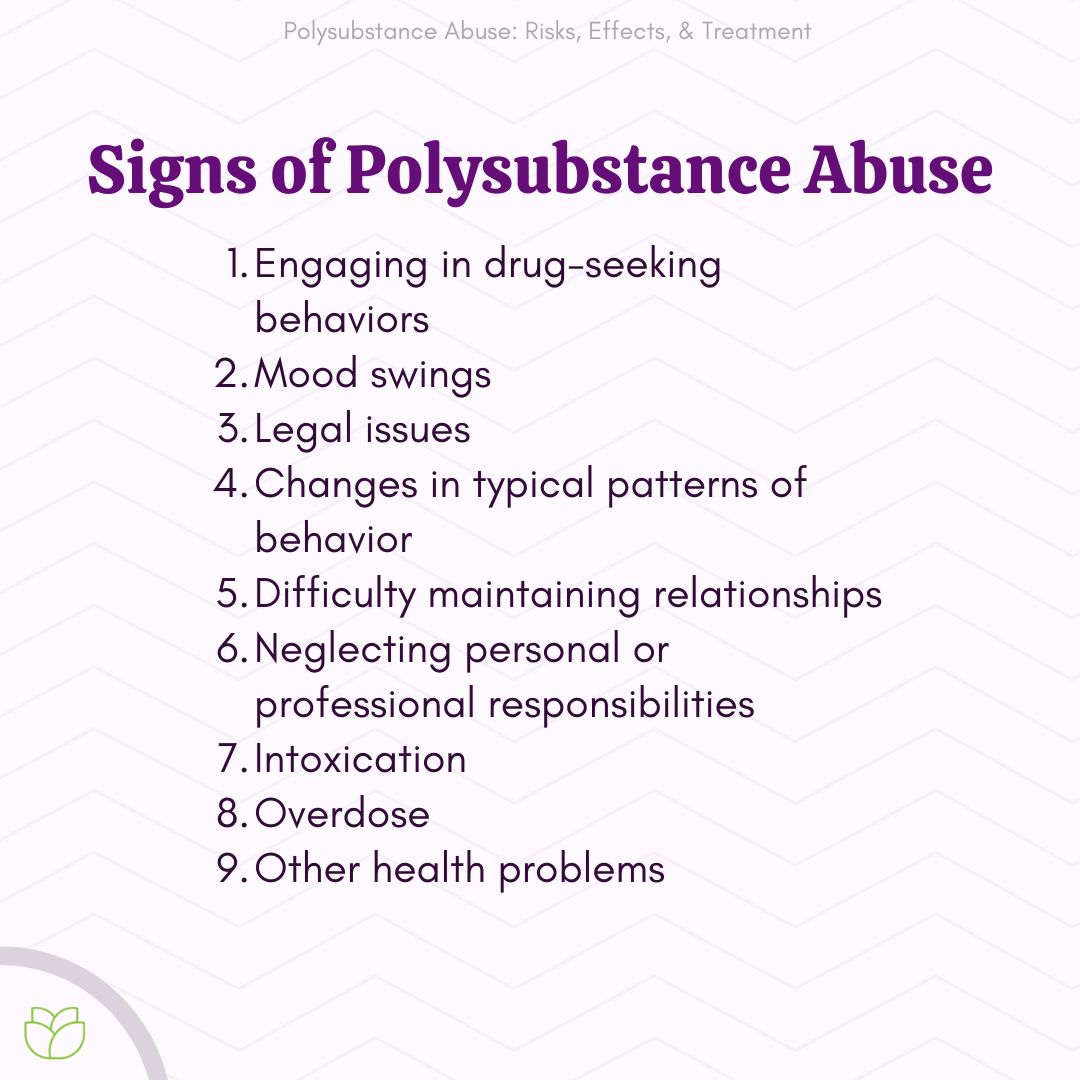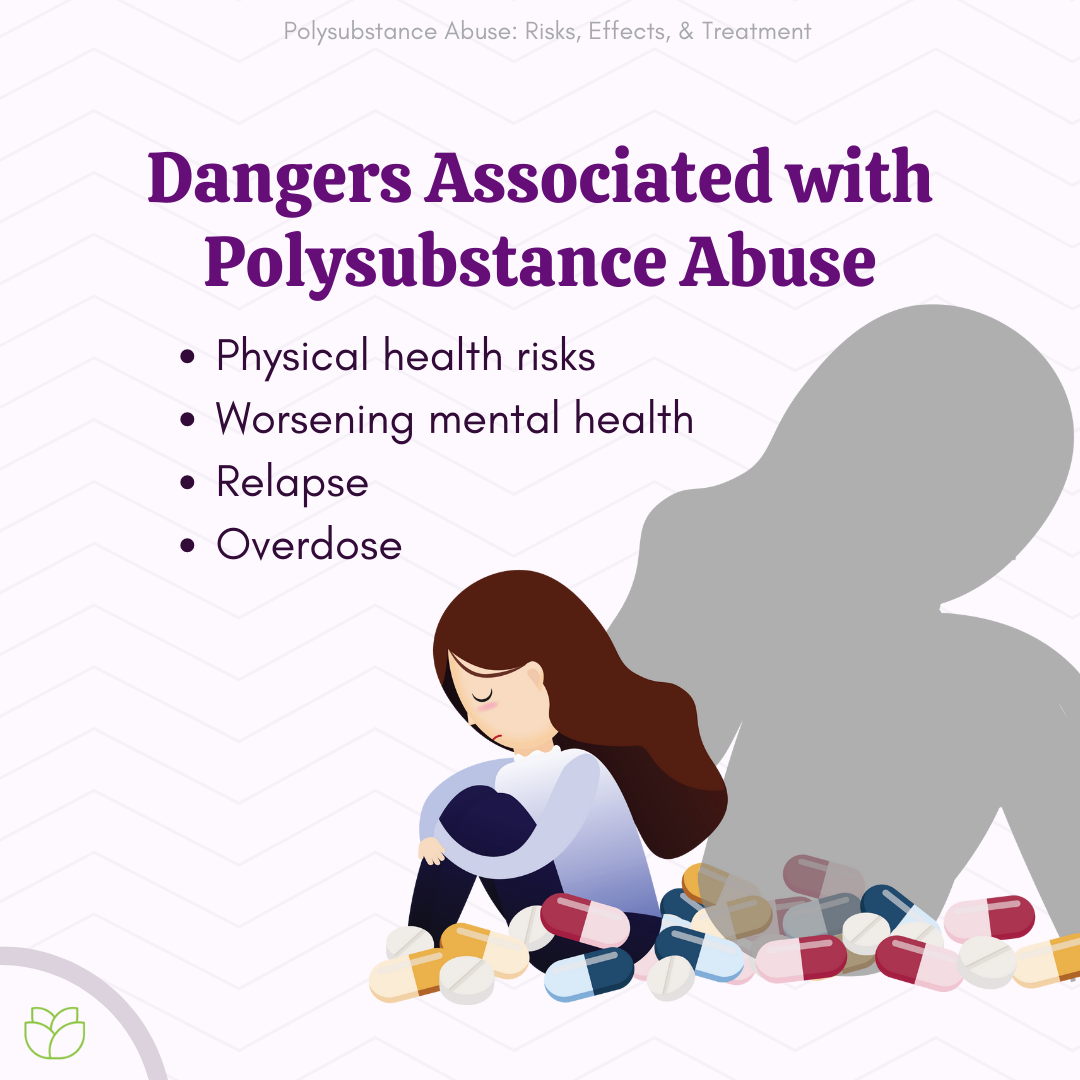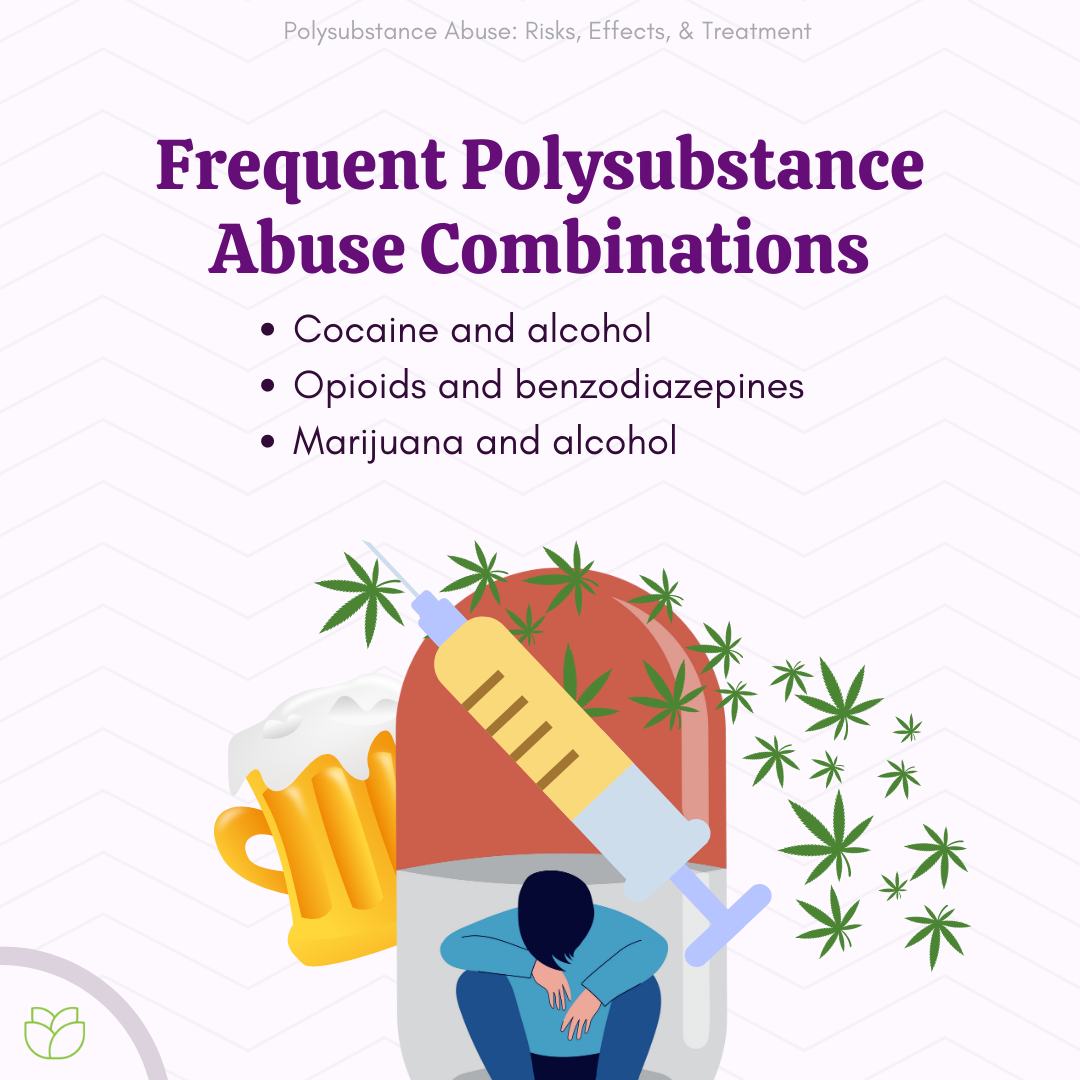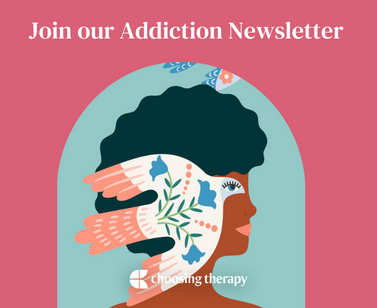Polysubstance abuse is defined as the use of two or more illicit substances at one time. Both the simultaneous use of multiple substances and the use of multiple substances within a limited window of time can be considered polysubstance abuse. Polysubstance abuse can be either intentional or unintentional and can include the use of illegal drugs, abuse of prescription medications, or both.
Ria Health: Effective, Evidence-Based Alcohol Treatment 100% Online Quickly change your relationship to alcohol with our at-home program. On average, Ria Health members reduce their BAC levels by 50% in 3 months in the program. Services are covered by many major health plans. Visit Ria Health
What Is Polysubstance Abuse?
Polysubstance abuse may include a variety of different substances and combinations as such. Polysubstance abuse may be intentional by some, but can also occur accidentally. One such example of accidental polysubstance abuse is an individual intaking alcohol while on prescription medication. The combination of the two substances can potentially lead to hazardous results or even lethal consequences.
Polysubstance use, while seemingly intimidating by objective definition, appears to be the norm amongst substance abusers. Research has shown that individuals who utilize alcohol, marijuana, tobacco, cocaine, heroin, or other prescribed opioids are more likely to engage in polysubstance use and develop a polysubstance abuse disorder.1 Those who engage in the use of a singular substance may engage in polysubstance abuse to amplify the effects of either or each substance.
Causes of Polysubstance Abuse
Although there is not a singular cause for polysubstance abuse, there are many risk factors. Polysubstance abuse will oftentimes occur in individuals diagnosed with other mental health disorders unrelated to substance abuse. While symptoms of the mental health disorder may be exacerbated by substance abuse, the prevalence of symptoms of the mental health disorder may influence the use of the substance as an unhealthy coping mechanism.
Risk factors that contribute to polysubstance abuse are:2
- Adolescence
- Toxic stress
- Depression
- Anxiety
- Mood disorders
- High-stress levels
- Unemployment
- Living with a disability
- Tobacco or alcohol use
- Lower levels of education
- Genetic components and family history of substance use
- Experiencing or having experienced trauma
Signs of Polysubstance Abuse
If one is concerned that someone in their life is engaging in polysubstance abuse, there are several signs to note. If one intends to address the signs of polysubstance abuse, it is important to be sensitive. If approached in the wrong manner, it’s possible that the user may isolate themselves or react in another negative fashion.
Signs of polysubstance abuse include:
- Engaging in drug-seeking behaviors
- Mood swings
- Legal issues
- Changes in typical patterns of behavior
- Difficulty maintaining relationships
- Neglecting personal or professional responsibilities
- Intoxication
- Overdose
- Other health problems
Symptoms of Polysubstance Abuse
The individual utilizing said substances may experience various physical, emotional, and mental symptoms that indicate their use. Utilization of multiple substances at once may leave more lasting effects on an individual’s mind and body long after their high has faded, especially due to the interactions and side effects of multiple drugs simultaneously.
Symptoms of polysubstance abuse include:
- Tolerance, or needing greater quantities of drugs for the same experience
- Drug cravings
- Adjustment of one’s typical behaviors and/or schedule to obtain drugs
- Mood changes, such as increased anxiety or depressive thoughts
- Social isolation
- Altered personal and professional connections to others (friends, relatives, coworkers, supervisors, teachers, etc.)
- Withdrawal symptoms after ceasing use
Dangers Associated with Polysubstance Abuse
The use of multiple substances at once comes with a variety of dangers. Different combinations of substances will lead to different results and possibly dangerous side effects. The use of multiple substances simultaneously increases the risk of dangerous side effects and may lead to greater addictive effects on the user, as obtaining a specific result may only occur while using the same combination of drugs.
Polysubstance abuse has severe risks, including:
Physical Health Risks
Using multiple substances at once can lead to health problems for the user. Different diseases are also more prevalent in polysubstance abusers. For example, Hepatitis C is more common in alcoholics who inject drugs, while those who use cocaine and smoke tobacco are more likely to develop myocardial infarction, a disorder in which one’s heart muscles begin to die due to lack of blood flow.3
Physical health risks associated with polysubstance abuse include:
- Stroke
- Seizures
- Heart attack
- Brain injury
- Liver damage
Worsening Mental Health
Interactions between drugs can be as hazardous to one’s mental health as they can be to one’s physical health. Individuals may abuse multiple substances to cope with symptoms of a mental health disorder, such as anxiety or depression; however, polysubstance abuse may inadvertently exacerbate the symptoms of their mental health condition.
This holds even in regard to the use of illicit drugs in tandem with one’s prescribed mental health medication, as both the prescribed drug and illicit drug have intended, and sometimes unintended, results that may interact with one another. Although an individual may not intend to utilize multiple substances simultaneously, using both prescribed medications and illicit drugs simultaneously qualifies as polysubstance abuse.
Relapse
Consideration of possible relapse and risk factors is an important part of treatment for one’s polysubstance use. An understanding of how one’s behaviors may influence possible relapse or setbacks regarding treatment is vital to avoiding said behaviors. Using multiple substances may increase one’s likelihood of relapse, as sobriety from one drug may be compromised by using another.
Polysubstance use can also impact one’s compliance with treatment, as continued use may impact treatment goals or attendance in one’s treatment program or violate the conditions or guidelines of one’s treatment program. One may develop a relapse prevention plan with the help of their treatment program; however, developing a relapse prevention plan is also important for those not currently engaged in a treatment program.
Overdose
Although overdose is possible with any type of substance use, the risk of overdose significantly increases when multiple substances are involved. In fact, in 2019, almost half of all overdoses reported in the United States involved using multiple substances simultaneously.4 The combination of different substances may mask certain substances’ negative or dangerous effects. This may lead to the overuse of one or more substances and possibly overdose.
Help For Addiction Ria Health: Effective, Evidence-Based Alcohol Treatment 100% Online Quickly change your relationship to alcohol with our at-home program. On average, Ria Health members reduce their BAC levels by 50% in 3 months in the program. Services are covered by many major health plans. Visit Ria Health Workit Health – Online Treatment for Opioids or Alcohol, Including Medication. Modern, personalized recovery that combines medication, a supportive community, and helpful content. Covered by many insurance plans. Currently available in FL, TX, OH, MI, and NJ. Visit Workit Health Best Drug Addiction Rehab Centers – Find the best local detox or drug rehab center covered by your health insurance. Search by location, condition, insurance, and more. Read reviews. Start Your Search
Frequent Polysubstance Abuse Combinations
Certain substances are likely to be utilized in tandem to achieve a desired effect or high. In some instances, the combination of “uppers” (drugs that are stimulants) and “downers” (drugs that are suppressants/depressants) is addictive. Alcohol is the most common substance to be combined with other substances to achieve a more intense high.
Commonly abused drug combinations include:
Cocaine & Alcohol
Cocaine and alcohol are a commonly combined pair of substances. Cocaine is utilized as a stimulant to suppress the depressant effects of alcohol. The user will most likely consume more alcohol due to diminished awareness of the alcohol’s effect. Additionally, the interaction of cocaine and alcohol can lead to a longer high from cocaine, leading to cardiovascular risks.
Opioids & Benzodiazepines
Opioids and Benzodiazepines are both considered depressants or “downers.” Opioids restrict pain receptors in the brain and prevent an individual from feeling significant pain. Benzodiazepines are used as a method of suppressing one’s nervous system and allowing one’s muscles to relax.5 These two substances, in tandem, create an intense neurological suppression effect across one’s body.
Overusing these substances can cause an individual to build a tolerance level. Higher tolerance levels require a user to use higher doses of the substance to achieve the same feeling. This often leads to overdose, as users will continuously use higher and higher doses of substances and can lose track of how much they’ve used.
Marijuana & Alcohol
Marijuana and alcohol are both “downers,” or depressants. Both alcohol and marijuana can impair an individual’s cognitive and emotional functioning. Taken simultaneously, the substances will exacerbate the other’s impairing effects. The user will become impaired quicker and feel the amplified effects for a longer period. Using both alcohol and marijuana can significantly impact one’s nervous system and lead to impaired cognition and possible overuse of either or both substances.
How Is Polysubstance Abuse Diagnosed?
Polysubstance abuse is diagnosed through evaluation by a healthcare or mental health provider. Blood or urine tests may be utilized to check the levels of various substances in an individual’s body. The presence of multiple substances within one’s system and/or self-reporting simultaneous use of multiple substances may indicate an individual has a polysubstance use disorder.
Bicycle Health: Telehealth Treatment For Opioid Use Disorder “Best For Online MAT Program For Opioid Use Disorder” (Choosing Therapy)* Bicycle Health offers therapy, support, and medication for addiction treatment (MAT). MAT offers the lowest relapse rates for opioid use disorder, helping people to stop using opioids with minimal physical discomfort. Covered by most major insurance. Visit Bicycle Health.
Treating Polysubstance Abuse & Addiction
Treatment of polysubstance use can occur in a variety of different settings. An individual may receive treatment in a hospital, outpatient facility, rehabilitation facility, or through an inpatient detox program. The current severity of one’s use and where they are in their recovery may influence which level of care is most appropriate.
In some cases, more intense treatment is required. However, others who have been sober for an extended time may only require less frequent appointments with a healthcare or mental health provider. Online therapy options are available for individuals; however, it is not recommended that individuals in active addiction utilize online services if they have access to an in-person treatment program.
Treatment options for polysubstance abuse and addiction include:
Therapy Options
Polysubstance users have access to a variety of different therapy options. Those seeking services can utilize individual therapy treatments as well as group therapy. Group counseling, or individual counseling, can be provided by a mental health provider at a treatment facility. Users can also access peer-lead, community-based treatment, such as Alcoholics Anonymous or Narcotics Anonymous.
The costs and length of treatment will vary depending on the individual; however, many treatment programs accept private and government-funded insurance plans for the duration of one’s treatment. Finding the right therapist or treatment plan can be a difficult process.
Therapy options for addressing prescription drug abuse and addiction include:
- Cognitive behavioral therapy (CBT): CBT can be utilized to manage one’s depression or anxiety, both related or unrelated to one’s Polysubstance Use Disorder. Management of symptoms may decrease one’s inclination to utilize substances.
- Dialectical behavior therapy (DBT): DBT emphasizes use of mindfulness, coping skills, distress tolerance, and reduction of self-destructive behaviors. All of which can contribute to a reduction in substance use.
- Eye movement desensitization and reprocessing (EMDR): EMDR can be utilized to desensitize one to their typical triggers, which may contribute to substance use and reinforce positive associations with treatment goals.
- Motivational Interviewing (MI): MI can be utilized on a short or long-term basis. It focuses on five “pillars,” autonomy, acceptance, adaptation, empathy, and evocation. Developing such skills will ideally lead to a reduction in substance use.
- Motivational Enhancement Therapy: Motivational enhancement therapy is a brief treatment method usually consisting of an assessment and four subsequent sessions. The mental health provider will work with the client to identify their short and long-term goals, work together to assess how substance use interferes with such, and how to work toward said goals.
- Twelve-Step Facilitation: A brief, structured counseling approach centered around facilitating the Twelve-Step process associated with Alcoholics Anonymous.
Intensive Outpatient Treatment
Intensive outpatient treatment is a counseling approach for individuals engaging in substance or polysubstance abuse who may require more intensive treatment than “traditional” outpatient counseling. Intensive outpatient care involves multiple visits per week, about 9 or more hours of care, and oftentimes includes individual counseling, group counseling, and psychiatric care, as well as other services. Length of care may vary depending on an individual’s needs and receptiveness to treatment.
Rehab
Rehabilitation is also an option for polysubstance abusers. Some rehabilitation facilities operate on a 24-hour “inpatient” basis. Patients will be provided with housing and can stay for weeks or months at a time as they receive treatment for their substance use. Outpatient rehabs allow patients to return to their home lives after receiving care. Patients can continue their day-to-day lives and responsibilities in addition to receiving care.
In My Experience
Polysubstance abuse is a complex patient concern. The overlap of mental health concerns with the use of multiple substances is expected but dangerous to a patient’s well-being. Managing polysubstance use without the assistance of a healthcare or mental health professional, or both can be incredibly difficult for a patient. Even with professional assistance, overcoming any substance use disorder is difficult to manage. It is important for patients to seek out what they perceive to be the right level of care but also to be receptive to level-of-care suggestions from a healthcare or mental health professional.
To help our readers take the next step in their mental health journey, Choosing Therapy has partnered with leaders in mental health and wellness. Choosing Therapy is compensated for marketing by the companies included below. Online Treatment for Opioids or Alcohol, Including Medication. Workit Health – Modern, personalized recovery that combines medication, a supportive community, and helpful content. Covered by many insurance plans. Currently available in FL, TX, OH, MI, and NJ. Visit Workit Health Alcohol Treatment – Cut Back or Quit Entirely Ria Health – Quickly change your relationship to alcohol with our at-home program. On average, members reduce their BAC levels by 50% in 3 months in the program. Services are covered by many major health plans. Visit Ria Health Drug Addiction Rehab Centers Recovery.com – Find the best local detox or drug rehab center covered by your health insurance. Search by location, condition, insurance, and more. Read reviews. Start Your Search Telehealth Treatment For Opioid Use Disorder Bicycle Health – offers therapy, support, and medication for addiction treatment (MAT). MAT offers the lowest relapse rates for opioid use disorder, helping people to stop using opioids with minimal physical discomfort. Covered by most major insurance. Visit Bicycle Health Drinking Moderation Sunnyside – Want to drink less? Sunnyside helps you ease into mindful drinking at your own pace. Think lifestyle change, not a fad diet. Develop new daily routines, so you maintain your new habits for life. Take a 3 Minute QuizAdditional Resources
For Further Reading
- Xanax & Alcohol: Understanding the Risks
- What Is Cross Addiction? Definition & 5 Examples
- Teenage Addiction: Drug Abuse, Alcohol, & Nicotine
- Substance Abuse and Mental Health Services Administration
- National Institute on Drug Abuse
- Stimulant Use Disorder: Signs, Diagnosis, & Treatment
- Is LSD Addictive? Signs, Causes, Side Effects, & Treatments
Best Online Medication-Assisted Treatment Programs Online medication-assisted treatment programs are fairly new to the telehealth industry, but existing companies are expanding quickly with new programs emerging every day. It’s important to explore your options and understand the level of virtual care available so you can choose the best addiction treatment program for you.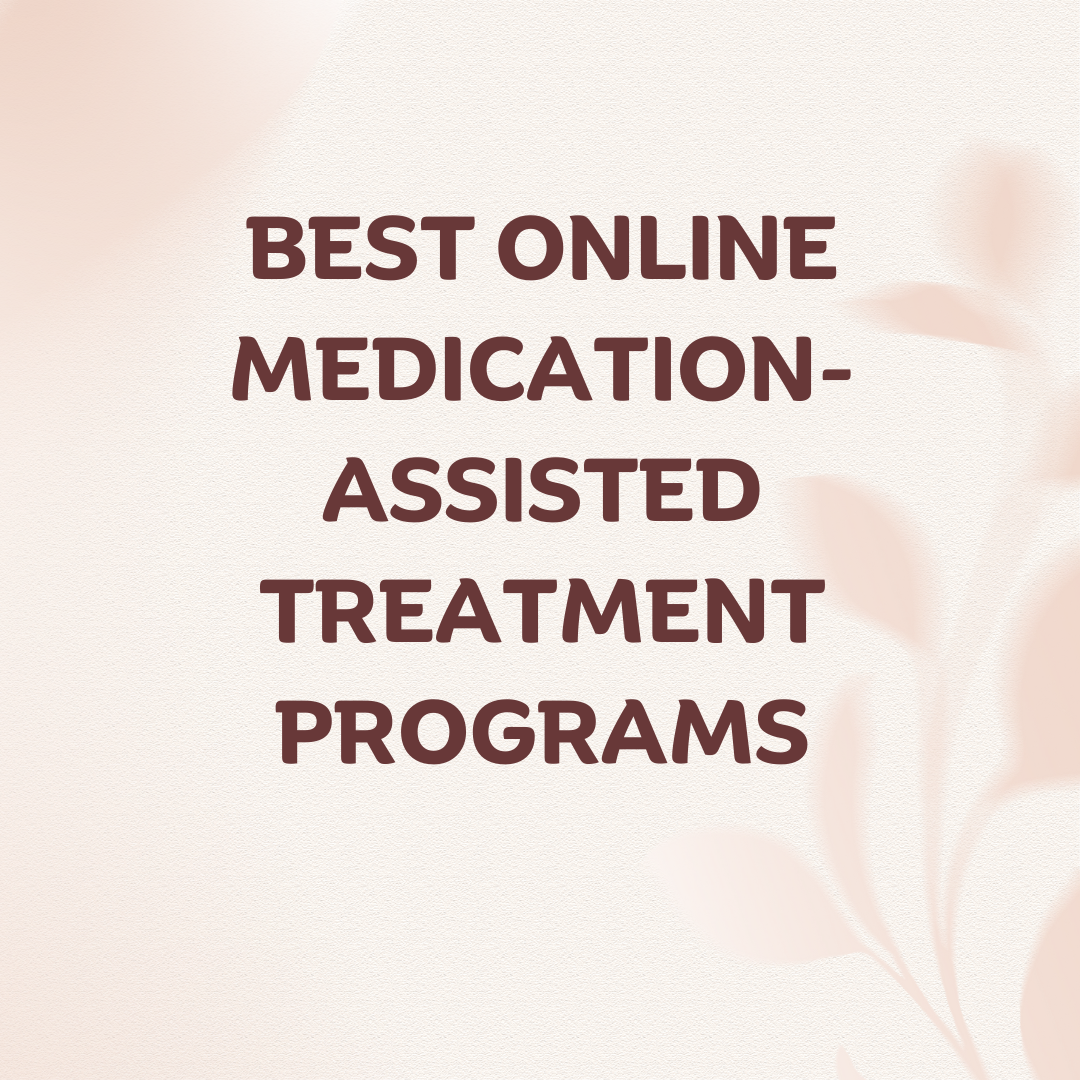
Best Mindful Drinking Apps If you’re thinking about joining the sober curious movement and you’d like to cut back on drinking, mindful drinking apps are a great place to start. Practicing mindful drinking can take some time, attention, and patience, but with the help of the right app, you can completely transform your relationship with alcohol.






